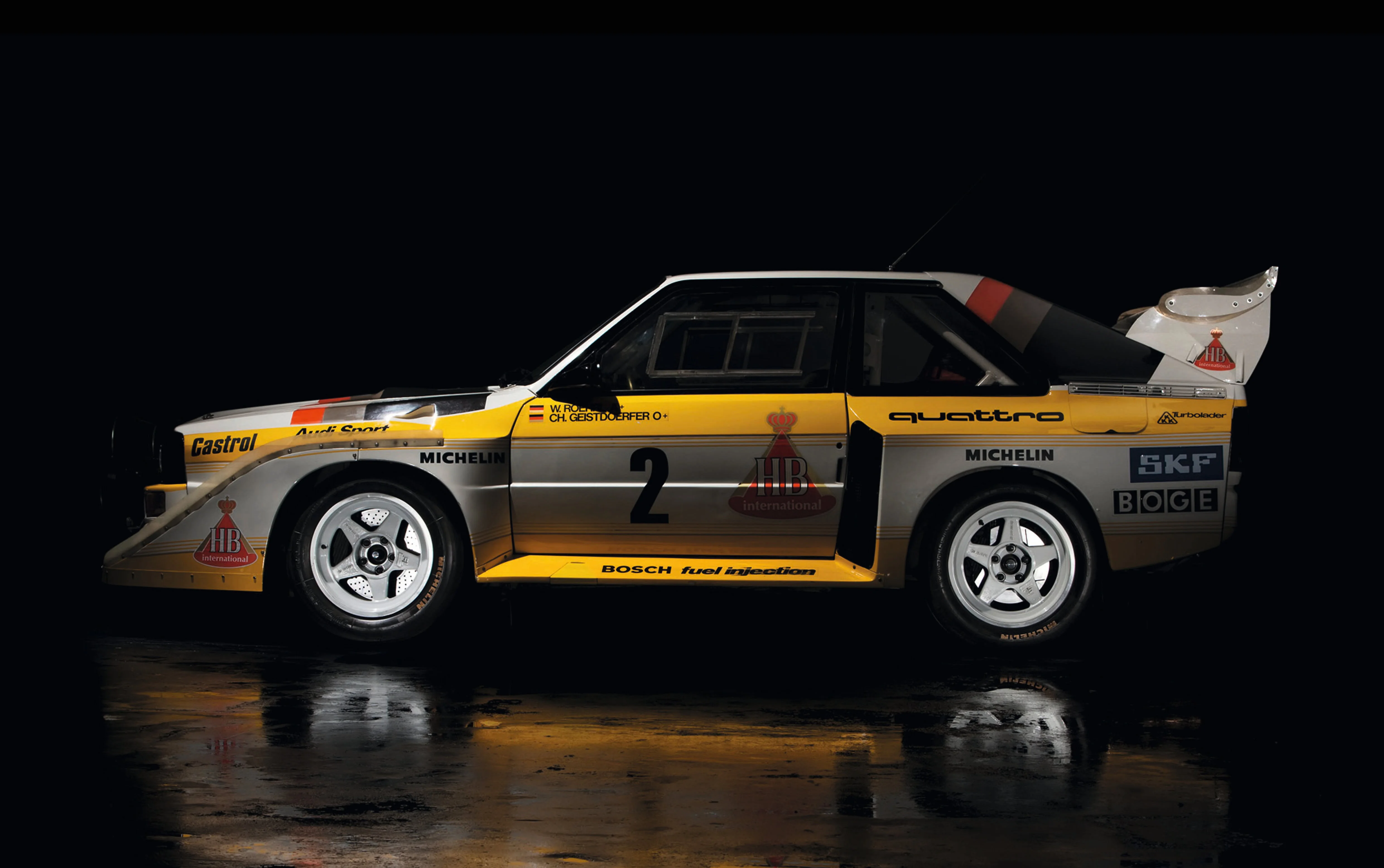The History of the European Hill Climb Championship
13 July 2024 3 min read 3 images

Photo credit: Audi, Mercedes
Hill climb races take place on public roads closed to traffic, requiring serious preparation and utmost concentration. Due to the dangerous nature of the course, which lacks even the basic safety devices we are accustomed to on racetracks, drivers must be extremely cautious. Competitors start one after another, aiming to record the best time, similar to cyclists in a time trial. The driver who completes the course in the shortest time wins.
Register to unlock this article
Signing up is free and gives you access to hundreds of articles and additional benefits. See what’s included in your free membership. See what's included in your free membership.
Already have an account? Log In


